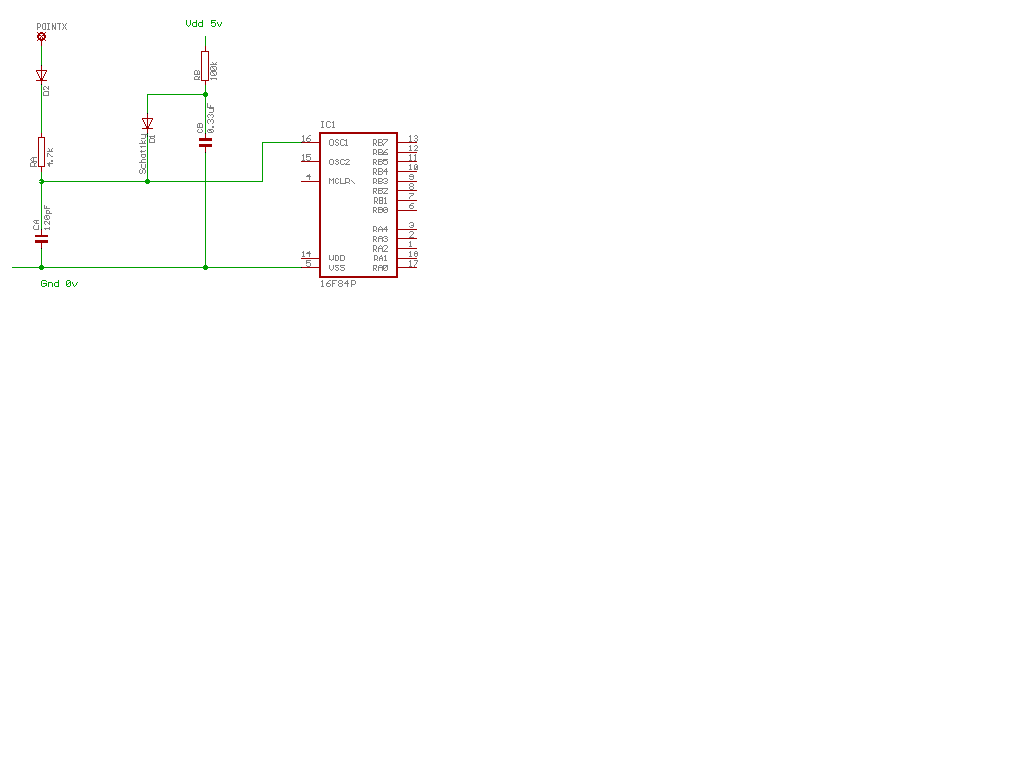It would also be possible to have more than one control pin, each with a diode and tuned resistor. The PIC could select between many clock speeds instantly which may have uses for communicating at many different comms speeds with the same code. Maybe a sound synth with 12 different clock speeds, so the same code could generate complex waveforms and harmonics and still produce the 12 notes needed to make music.
Issues with widely different clock speeds
To achieve widely different clock speeds like the 1000x example shown above you need a high value resistor for R1 which is not recommended. Although perfectly safe and it won't damage the PIC there can be issues with oscillator speed variance.
Microchip's recommended maximum for Rext is 100k ohm, stating in their datasheets that for very high Rext values like 1 megohm the oscillator becomes susceptible to pin leakage, humidity and EM noise.
Humidity can be reduced by a blob of epoxy over the circuit and EM noise can be reduced by some foil sheilding. The variation from PIC pin internal leakage seems to be small. I did tests of a worst case "exposed" circuit with a 1 megohm resistor, no moisture or EM sheilding and LONG wires connecting the components (actually using through-hole components in a plug-in protoboard).
Results were fairly encouraging, different new PICs from the same manufacturing batch all oscillated within 2% of each other, and stray capacitance from holding my hand extremely close to the circuit had very little effect. I would be reasonably confident using >1 megohm resistors in some apps and still expect timing within a few percent.
An alternative that may be useful was one I designed in this original text in Nov 2000, a system that allows 2 different caps as well as different resistors. Basically this gives 2 entirely different RC networks! I tested a prototype that happily switched itself between 1MHz and 29Hz(!!) and with resistors still in-spec. The circuit and parts values are shown below.

Operation is as follows;
